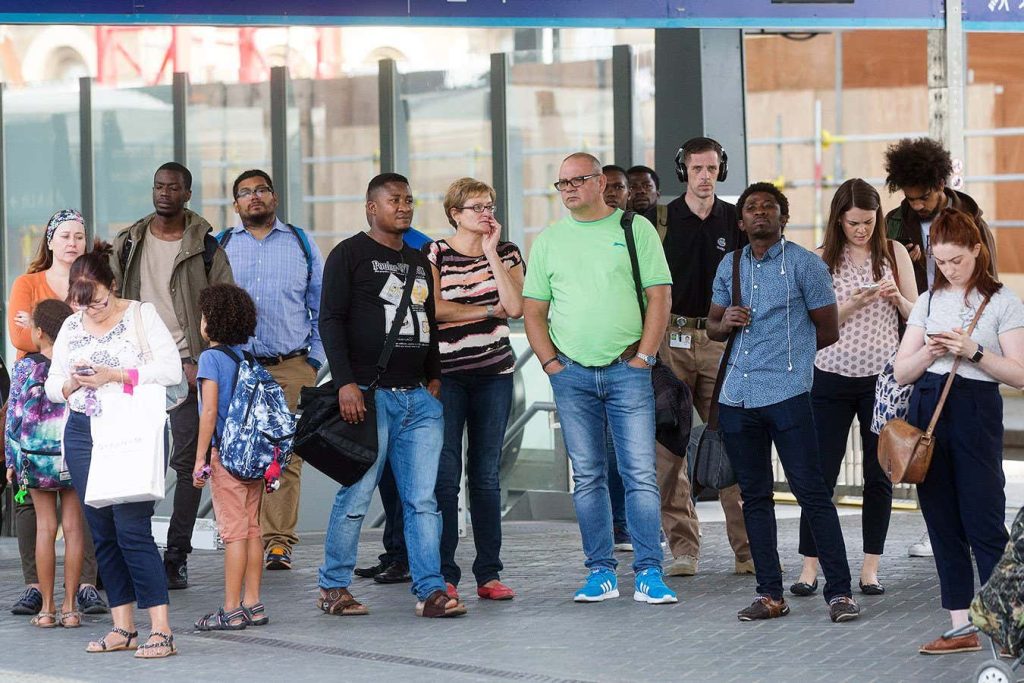Now Reading: Real Estate Woes: Sharp Decline in Home Sales Raises Market Concerns
-
01
Real Estate Woes: Sharp Decline in Home Sales Raises Market Concerns
Real Estate Woes: Sharp Decline in Home Sales Raises Market Concerns

Rapid Summary
- Residential Market Decline: For the first time since Q3 2021, India’s residential sales and supply have both fallen below the 1 lakh unit level in Q2 2025 (April-June), indicating a potential slowdown after years of a post-COVID real estate boom.
- Sales Figures: Residential sales dropped by 19% YoY across nine major cities to reach 94,864 units compared to 116,432 units during the same period last year. Quarter-to-quarter sales declined by another 10%.
- Supply Figures: New inventory fell by 30% yoy to just 82,027 units and marked the fourth consecutive quarter of sub-1 lakh unit supply. Though, quarter-to-quarter supply saw a modest rise of about 2%.
- City-Wise Sales Performance:
– Mumbai (-34%) and Thane (-34%) had steep declines.
– Delhi-NCR (+16%) and chennai (+9%) were notable exceptions reporting growth.
- City-Wise Supply Trends:
– Mumbai led with a sharp decline (-61%).
– Growth was recorded in Delhi-NCR (+37%), Hyderabad (+19%), and Chennai (+6%).
- Expert Commentary: According to Samir Jasuja (PropEquity Founder & CEO), cities like Mumbai and Bengaluru are stabilizing after previous highs.
- Experts suggest India’s real estate market may be entering a correction phase following its long bull run.
Indian Opinion analysis
The dramatic contraction evident across both housing sales and new inventory levels highlights important changes underway in India’s residential property market. With drops seen in major hubs such as Mumbai, Navi Mumbai, and Thane-previously engines of growth-the slowing momentum could point towards stabilization or even corrections after years of skyrocketing valuations fueled by pandemic recovery demand.
The resilience exhibited in Delhi-NCR appears noteworthy; its pockets like Ghaziabad showing strength offer some optimism amid wider sluggishness. Similarly, improved performance from Chennai indicates regional shifts that might temper broader trends negatively impacting urban hotspots traditionally dominating the sector.
This dip may signal opportunities for recalibration within India’s housing market-something investors should watch closely as it potentially transitions into consolidation mode. Policymakers may also find openings here to reassess affordable housing initiatives or financial assistance programs aimed at sustaining demand without compounding property speculation risks further.



























